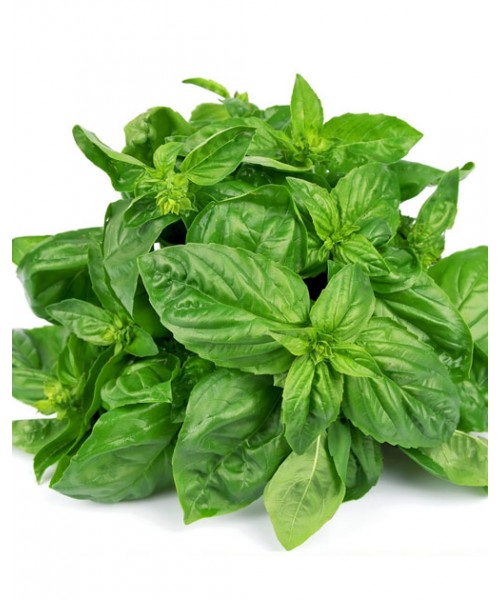|
Botonical Name
|
: |
Ocimum basilicum
|
|
|
: |
8015-73-4
|
|
|
: |
India
|
|
|
: |
Pale yellow to amber color liquid. Sweet vaguely anise-like minty smoky odor.
|
|
|
: |
Soluble in alcohol and oils. Insoluble in water.
|
|
|
: |
0.891 – 0.954 @ 20°C
|
|
|
: |
-14.0 – -5.0 @ 20°C
|
|
|
: |
1.4795 – 1.568 @ 20°C +
|
|
|
: |
167 °F/75 deg. C.
|
|
|
: |
Store in cool, dry and well ventilated area protected in tightly closed container away from sources of ignition, heat and sunlight. Keep air contact to minimum.
|
|
|
: |
Ambient 10°C - 32°C
|
|
|
: |
Supercritical CO2 Extraction
|
|
DESCRIPTION
Basil is an annual herb that grows up to 20-50 cm with purple- white flowers, appears in clusters. The plant is framed by oval pointed green leaves. It is considered sacred in India and widely used for its medicinal properties. COMMON NAMES Tulsi BLENDS WITH: This essential oil blends well with Bergamot, Clary Sage, Clove Bud, Lime, Eucalyptus, Juniper, Lemon, Neroli, and Rosemary CONSTITUENTS It consists of aromatic volatile camphoraceous oil. USES Basil is generally used fresh in cooked recipes and dried leaves are used as spice for flavoring and for extraction of essential oil. Basil oil is extensively used in perfumery compounds and in areas of medicine. |
Indian Aroma Exports © . All Right Reserved. Designed by Dreamlabz Technologies

